
Recommendation
People consider this book a contemporary classic on meditation for good reasons. It’s lovely and accessible. Jon Kabat-Zinn tackles the difficult task of explaining the nonverbal practice of meditation, which many find alien or even threatening, and makes it accessible, useful and even homey. He explains meditation not only with references to classic texts, but also by recounting his own experiences, drawing parallels with Thoreau, and discussing work and family contexts. The chapters are brief, some as short as a page, each focusing on a single topic. Many are accompanied with prompting questions or simple exercises you can try immediately. getAbstract recommends this book to people interested in reducing their stress, deepening their self-awareness and sharpening their focus.
Summary
About the Author
Jon Kabat-Zinn founded the Stress Reduction Clinic and the Center for Mindfulness in Medicine, Health Care and Society at the University of Massachusetts Medical School.









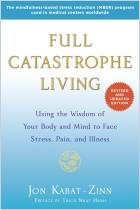
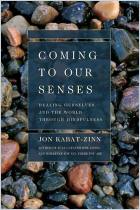

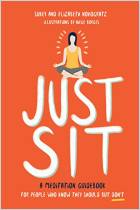
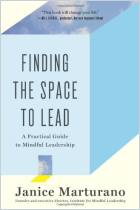
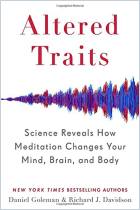
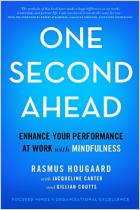
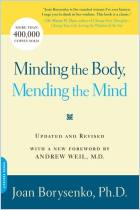



Comment on this summary or 开始讨论
And man, I am disappointed. I don't think you could capture the essence of the book. Rather you are not even true to the spirit of author - for example read what he talked about "Spirituality" in the book - after that how can you even say that meditation is spiritual?
I think - writer of this summary - may have to read the book couple of time, ruminate on it and then probably write summary. I accept and reiterate that this is difficult book to summarize or review. Its canvas is big and deep.